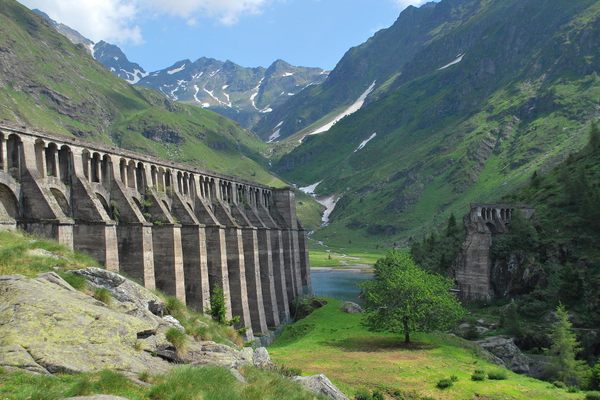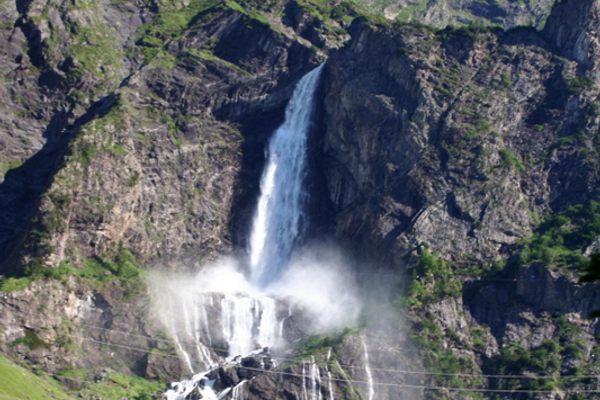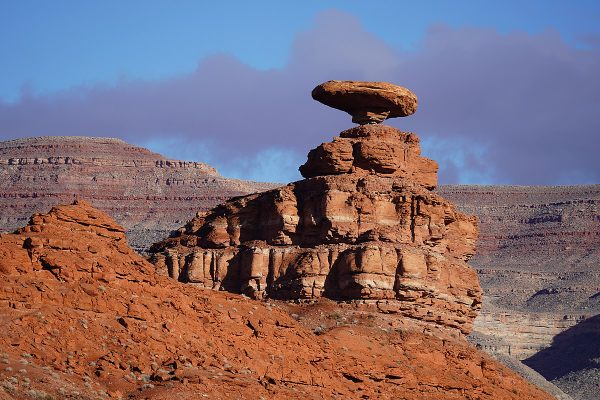Val di Scalve is peppered with tiny mountain villages, and Dezzo di Scalve is one of the smallest. Divided by the River Dezzo, half of the village falls under the Colere commonality, and the other half under Azzone, which makes Dezzo di Scalve an administrative anomaly.
On each side of the village is a row of attached houses as is common in the area. However, the row on the eastern side stands out, as one of the houses is built on top of a massive boulder. The two houses on the left and right of the boulder are built around its contour.
Dezzo di Scalve was one of the villages located along the destructive force of the River Dezzo when the Gleno Dam collapsed in 1923. Historical pictures of Dezzo di Scalve in the aftermath of the disaster show a village that was almost completely washed away. Among the few houses left standing are those that were constructed in and around the rock. \
Given its immediate surrounding, it is safe to speculate that the boulder probably rolled down from the mountain, which rises steeply behind the village, but there is no record as to how or when this happened. The same holds true for its incorporation into the architecture of the village.
The oldest record of Dezzo di Scalve consists of a report compiled by a land surveyor in 1586 and it includes a drawing of the village. A prominent feature of the drawing is the same boulder, surrounded by a fortress and a cluster of houses. This means that the boulder has been an integral part of this village for more than 400 years.




















Follow us on Twitter to get the latest on the world's hidden wonders.
Like us on Facebook to get the latest on the world's hidden wonders.
Follow us on Twitter Like us on Facebook